The 12 Best Snorkeling Spots In The Florida Keys (Updated 2023)
Home to diverse marine life, crystal-clear waters, and breathtaking coral reefs, snorkeling in the Florida Keys is an unforgettable experience for beginners and experts alike.
Florida’s Coral Reef is the only reef system in the continental United States, stretching almost 350 miles (563 km) from the Dry Tortugas to the St. Lucie Inlet.
The numerous reefs and underwater parks throughout the area host over 40 species of reef-building corals and millions of plants and sea animals.
Additionally, there are several shipwrecks to explore, making snorkeling in the Florida Keys some of the best in the United States.
The 12 best snorkeling spots in the Florida Keys are:
1. John Pennekamp Coral Reef State Park
2. Biscayne National Park
3. Dry Tortugas National Park
4. Molasses Reef
5. Indian Key Historic State Park
6. Sombrero Reef
7. Bahia Honda State Park
8. Fort Zachary Taylor
9. Alligator Reef
10. Looe Key Sanctuary Preservation Area
11. Long Key State Park
12. Cheeca Rocks
This article highlights the top 12 snorkeling destinations in the Florida Keys, including where to find them and what to expect from the experience.
Key Takeaways
- The Florida Keys boast a variety of top snorkeling spots, including state parks and marine sanctuaries.
- Shipwrecks, coral reefs, and diverse marine life make snorkeling in the Florida Keys some of the best in the world.
- Snorkeling in the Florida Keys is appropriate for both beginners and experienced snorkelers, with several areas offering guided tours and/or supervised excursions.
The Top 12 Snorkeling Spots in the Florida Keys
1. John Pennekamp Coral Reef State Park
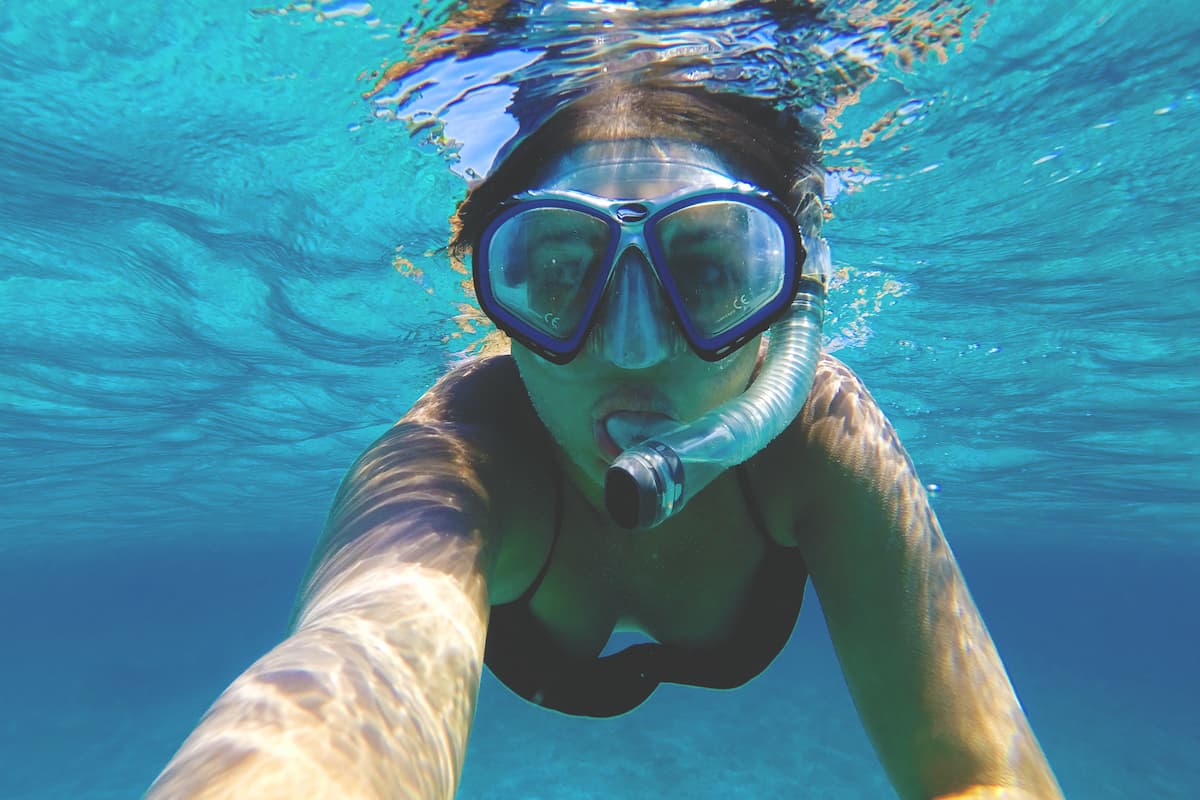
John Pennekamp Coral Reef State Park, located in Key Largo, is the first undersea park in the United States.
It spans over 70 nautical square miles (240 square km) and is home to stunning coral reefs, mangrove swamps, and seagrass beds.
These unique ecosystems host a variety of fish species and other marine life, making it an ideal snorkeling destination.
The park offers several boat tours to the reefs, including snorkeling tours that depart five times daily at 9am, 10:30am, 12pm, 1:30pm, and 3pm.
Tours last 2.5 hours, allowing for 90 minutes of reef time. Don’t worry if you don’t have gear – rental equipment is available at the park for a nominal fee.
If boats aren’t your thing, artifacts from a 1715 Spanish shipwreck have been placed underwater at Cannon Beach for snorkelers and divers to explore.
The park is open 365 days a year from 8am until sunset.
Vehicles with up to eight people cost $8 plus 50 cents per person, with a $2.50 surcharge for each additional person.
Single-occupant vehicles cost $4.50, and pedestrians or bicyclists pay $2.50 per person.
2. Biscayne National Park
Biscayne National Park near Miami in the Upper Keys offers a unique opportunity to explore different ecosystems, including the coral limestone keys, shoreline mangrove swamps, offshore Florida reef, and shallow waters of Biscayne Bay.
Snorkeling and diving enthusiasts encounter diverse sea life, from manatees and green sea turtles to hawksbill sea turtles, sponges, and numerous fish species.
The park is even home to the elusive American crocodile.
The area also possesses many shipwrecks along the Maritime Heritage Trail.
The Trail is easily accessible by boat, and visitors can explore six wrecks of various sizes and vessel types marked by mooring buoys.
Park waters are open 24 hours a day, 365 days a year, and there is no entrance fee.
The cost to visit the reefs depends on the boat tour, but the average price per person is around $200.
3. Dry Tortugas National Park
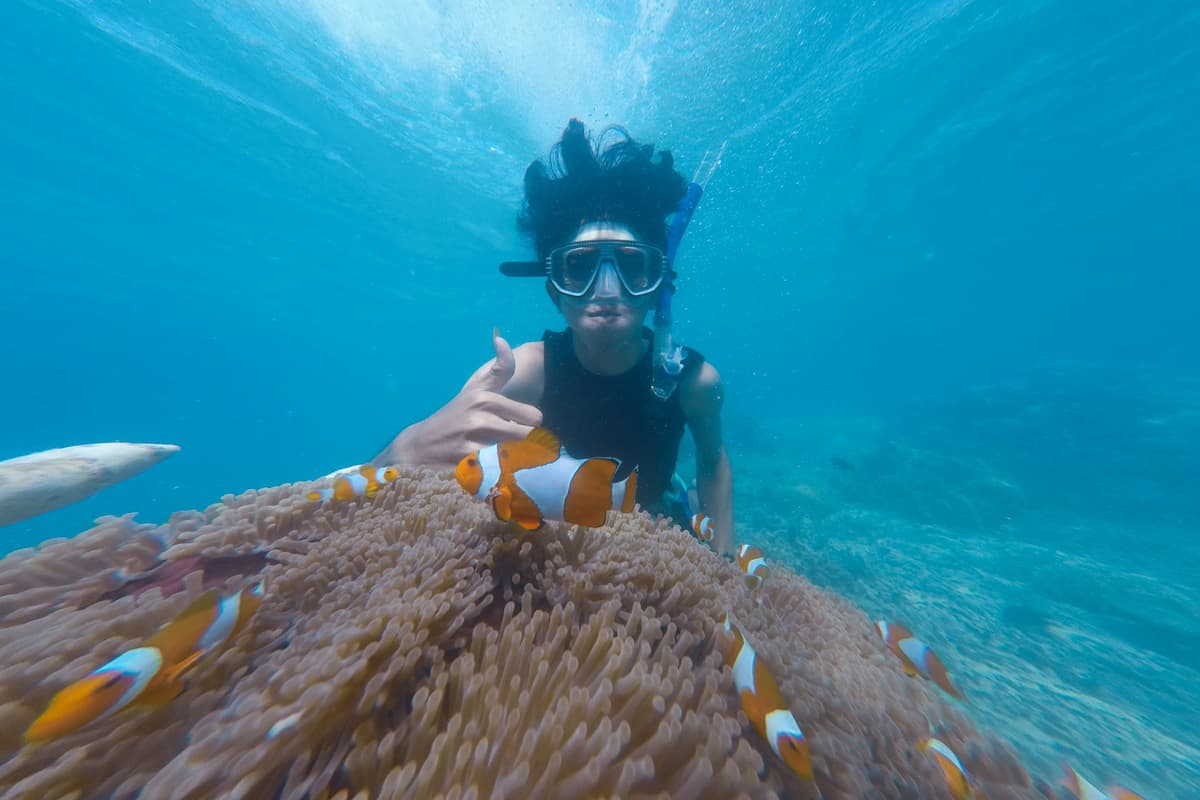
The Dry Tortugas National Park is a stunning destination for snorkelers and divers alike.
Located 70 miles (113 kilometers) west of Key West, Florida, this island park features seven islands and the historic Fort Jefferson.
As one of the best snorkeling spots in the Florida Keys, it offers crystal-clear waters brimming with marine life.
During the day, visitors will encounter vibrant fish, colorful coral reefs, impressive sea creatures, and several shipwrecks.
At night, there are amazing snorkeling opportunities along the Moat Wall of Fort Jefferson.
Bringing a strong diving light is recommended to see octopus, basket starfish, lobsters, decorator crabs, arrowhead crabs, coral shrimp, and squid.
Though somewhat remote, the Dry Tortugas is easily accessible via the Yankee Freedom ferry, seaplane, or private boat.
Visiting the park costs $15.00 per person over 16, and passes are valid for seven consecutive days.
The Dry Tortugas are open 24 hours a day, seven days a week, including holidays.
4. Molasses Reef
As one of the closest reefs to the warm, clear waters of the Gulf Stream, Molasses Reef is a popular snorkeling spot southeast of Key Largo.
The reef is part of the Florida Keys National Marine Sanctuary, where hundreds of fish species coexist with hard corals such as elkhorn, staghorn, star, brain, and fire corals.
Soft corals, including sea fans and gorgonians, further enhance the reef’s beauty.
The fish in Molasses Reef range from colorful parrotfish and yellowtail snappers to the elusive nurse sharks and eagle rays.
The reef is about 6 miles (10 km) offshore and is accessible by private boat or organized tour.
5. Indian Key Historic State Park
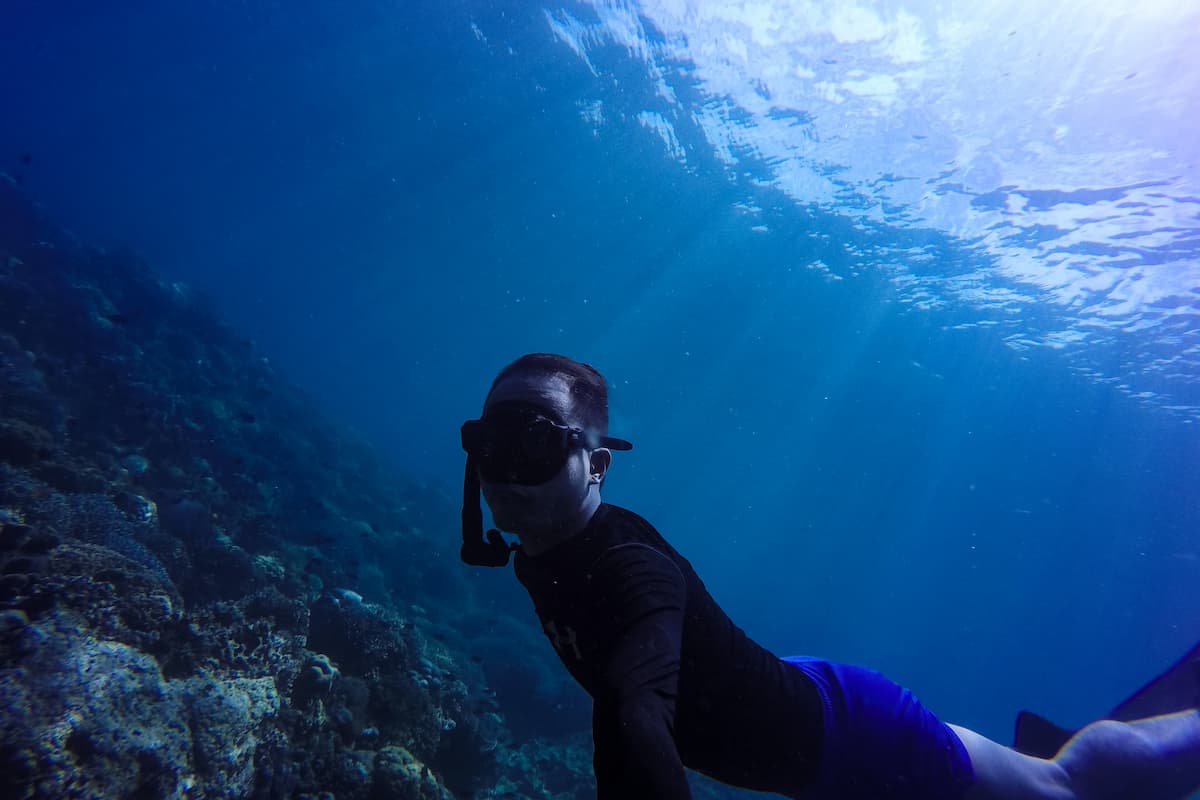
Indian Key Historic State Park is an offshore island near Islamadora that is only accessible by boat or kayak.
Once a thriving town in the 19th century, Indian Key is now a preserved historical area known for swimming, snorkeling, scuba diving, fishing, and hiking.
Fortunately, if you don’t want to paddle to the park, several companies run boat tours to the island and prime snorkeling areas.
Once in the water at Indian Key, expect to encounter a variety of fish, corals, and other marine life.
The park is open from 8am until sundown every day of the year and costs $2.50 per person to enter.
6. Sombrero Reef
Sombrero Reef in the Middle Keys near Marathon is part of the Sombrero Key Sanctuary Preservation Area.
Just five nautical miles (9 km) south of Pigeon Key, the reef features impressive coral formations that rise up to 10 feet (3 meters) from the ocean floor and spread across a 30-acre (12-hectare) area.
Depths in the reef range from six to 25 feet (1.8 to 7.6 meters), providing diverse marine habitats for sea life.
Access to Sombrero Reef is typically by private boat or organized excursion, and various tour providers operate snorkeling trips all year round.
Sombrero Reef is also home to a lighthouse built before the Civil War that continues to guide mariners today.
7. Bahia Honda State Park
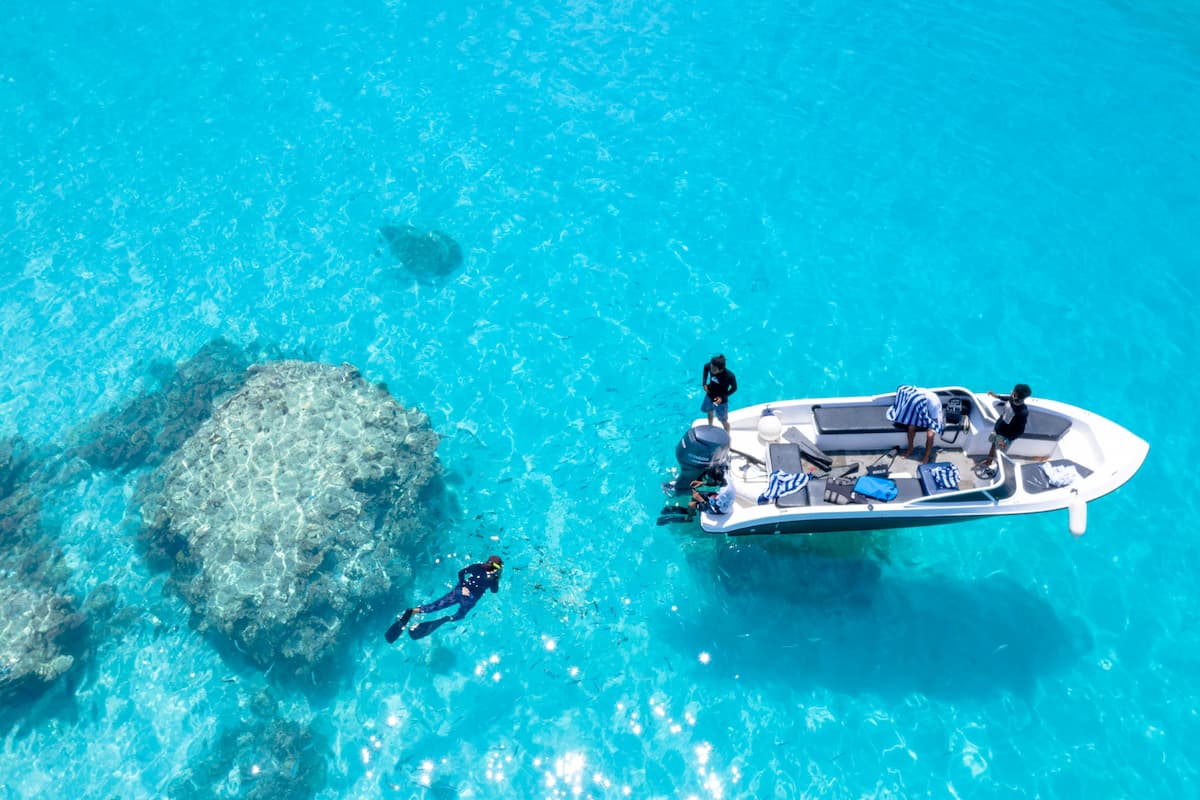
Bahia Honda State Park in the Lower Florida Keys is known for its pristine beaches and abundant marine life.
While the best snorkeling can be experienced through a boat tour, Sandspur Beach at Bahia Honda State Park is a beautiful spot for shore snorkeling.
Shore snorkeling is ideal for beginners as the water is shallow at less than 6 feet (1.8 m) deep, and it’s not uncommon to see soft corals, small coral heads, tropical fish, queen conchs, and spiny lobster.
Bahia Honda costs $8 per vehicle with two to eight passengers, and a 50-cent Monroe County surcharge is added per person.
Single-occupant vehicles or motorcycles cost $4.50, with the Monroe County surcharge included.
Pedestrians, cyclists, and extra passengers cost $2.50, including the surcharge.
The park is open from 8am until sunset all year round.
Just note that when the water temperature drops in the winter, wearing a wetsuit is recommended for ultimate comfort.
8. Fort Zachary Taylor
Fort Zachary Taylor, on the southern edge of Key West, is famous for beautiful beaches, rich marine life, and clear waters.
The beach at Fort Zachary is a haven for snorkelers, especially beginners, due to its calm waters and abundance of sea creatures.
Expect to see colorful parrot fish, yellowtail snapper, lobster, and plenty of coral formations while exploring the underwater world in the Florida Keys.
A chickee hut, open from 10am to 5pm daily, rents chairs, umbrellas, and snorkel gear.
The park itself is open from 8am until the sun goes down, 365 days a year.
Fees are $6 per vehicle (up to eight people) with an additional per-person Monroe County surcharge of 50 cents.
Single-occupant vehicles or motorcycles cost $4.50, and pedestrians, cyclists, and extra passengers cost $2.50 each, including the surcharge.
9. Alligator Reef
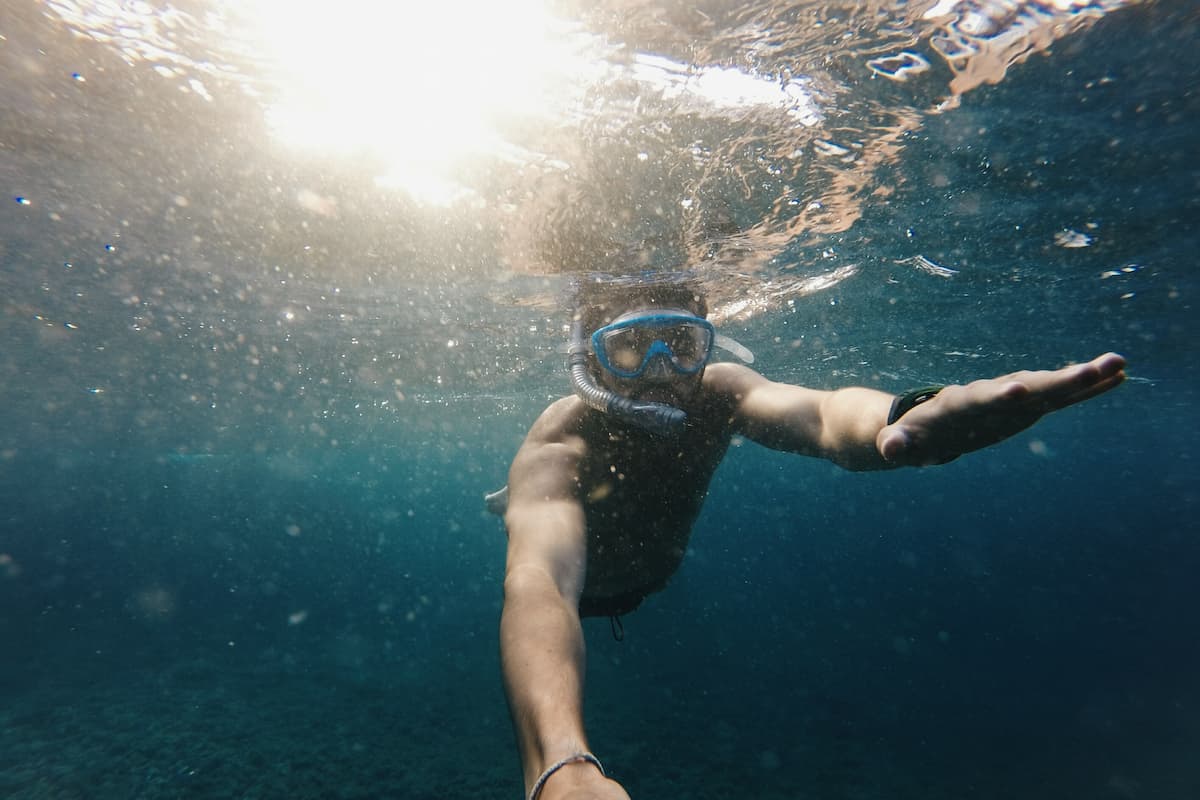
Alligator Reef, located a little less than five miles (8 km) east of Indian Key, is a popular spot for snorkeling known for its variety of marine life and stunning purple sea fans.
The reef is part of the Alligator Reef Sanctuary Protection Area and is just a short boat ride from Islamorada.
There’s no need to worry – there are no actual alligators at the reef! It’s named after a shipwreck that lies near the 136-foot (41.45 m) lighthouse that marks the area.
In fact, in the 8 to 50 foot (2.44 to 15.24 meters) water, snorkelers can see various coral formations, fish species, such as amberjack, parrotfish, angelfish, barracuda, and nurse sharks, as well as other marine life like sea turtles, spotted eagle rays, and dolphins.
The reef features several mooring buoys for easy access by private boat, or visitors can opt for one of the many boat tours from Islamadora.
10. Looe Key Sanctuary Preservation Area
Looe Key Sanctuary Preservation Area is a majestic coral reef in the Florida Keys, located about eight nautical miles (14.8 km) southwest of Bahia Honda State Park.
This protected area offers plenty of opportunities for snorkeling. It is home to sea turtles, several shark and ray species, and over 150 fish species, such as yellowtail, angelfish, parrotfish, barracuda, sergeant majors, and moray eel.
Looe Key is also the site of shipwrecks, including its namesake, the HMS Looe, a British vessel that ran aground in 1744 while towing a French ship, and Adolphus Busch, a 210-foot ship added as an artificial reef.
The reef is accessible by boat, and several snorkel charters are available in the area.
11. Long Key State Park
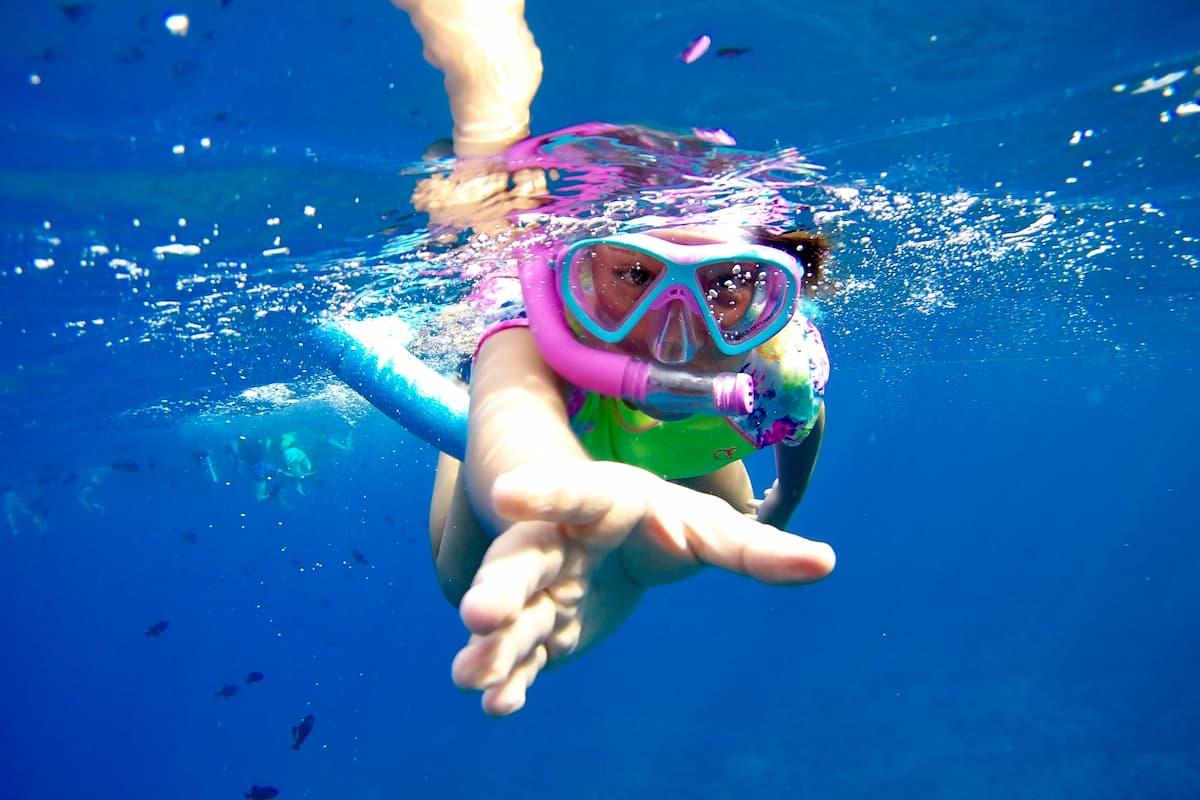
Long Key State Park on the Atlantic side of the upper Florida Keys is known for its exceptional snorkeling opportunities.
The park’s vibrant marine life and clear waters make it an attractive destination, as the water is generally shallow and the bottom is covered with seagrass.
To locate optimal snorkeling spots, swim approximately 200 yards (182 m) offshore, parallel to the campground.
There you’ll discover a hard-bottom habitat characterized by a firm seabed adorned with sponges, sea whips, and small corals that are actually living organisms, despite their plant or rock-like appearance.
These sponges serve as excellent dwellings for a variety of vibrant fish, urchins, crabs, eels, lobsters, sea cucumbers, sea stars, and various other marine creatures.
Hours of operation at Long Key State Park are 8am until sunset.
Park admission is $4.50 for one person, $5 for two or more people (plus a 50-cent surcharge per person), and $2.50 each for pedestrians and cyclists.
12. Cheeca Rocks
Cheeca Rocks Sanctuary Preservation Area, located near Islamorada, offers one of the best snorkeling experiences in the Florida Keys.
This spot is perfect for families and beginner snorkelers due to its shallow waters, ranging from 8 feet to about 20 (2.4m to 6m).
The marine life at Cheeca Rocks includes a variety of fish, such as angelfish, parrotfish, and sergeant majors.
In addition, the site features scattered coral heads, which provide habitats for various other marine species.
The water in the area is slightly greener than locations further from the Keys, as there’s more algae growth, and the reef is around the halfway point between Islamorada and the barrier reef.
Reaching Cheeca Rocks is relatively easy by private boat or through a reputable snorkel tour operator.
Table of Contents
- The Top 12 Snorkeling Spots in the Florida Keys
- 1. John Pennekamp Coral Reef State Park
- 2. Biscayne National Park
- 3. Dry Tortugas National Park
- 4. Molasses Reef
- 5. Indian Key Historic State Park
- 6. Sombrero Reef
- 7. Bahia Honda State Park
- 8. Fort Zachary Taylor
- 9. Alligator Reef
- 10. Looe Key Sanctuary Preservation Area
- 11. Long Key State Park
- 12. Cheeca Rocks